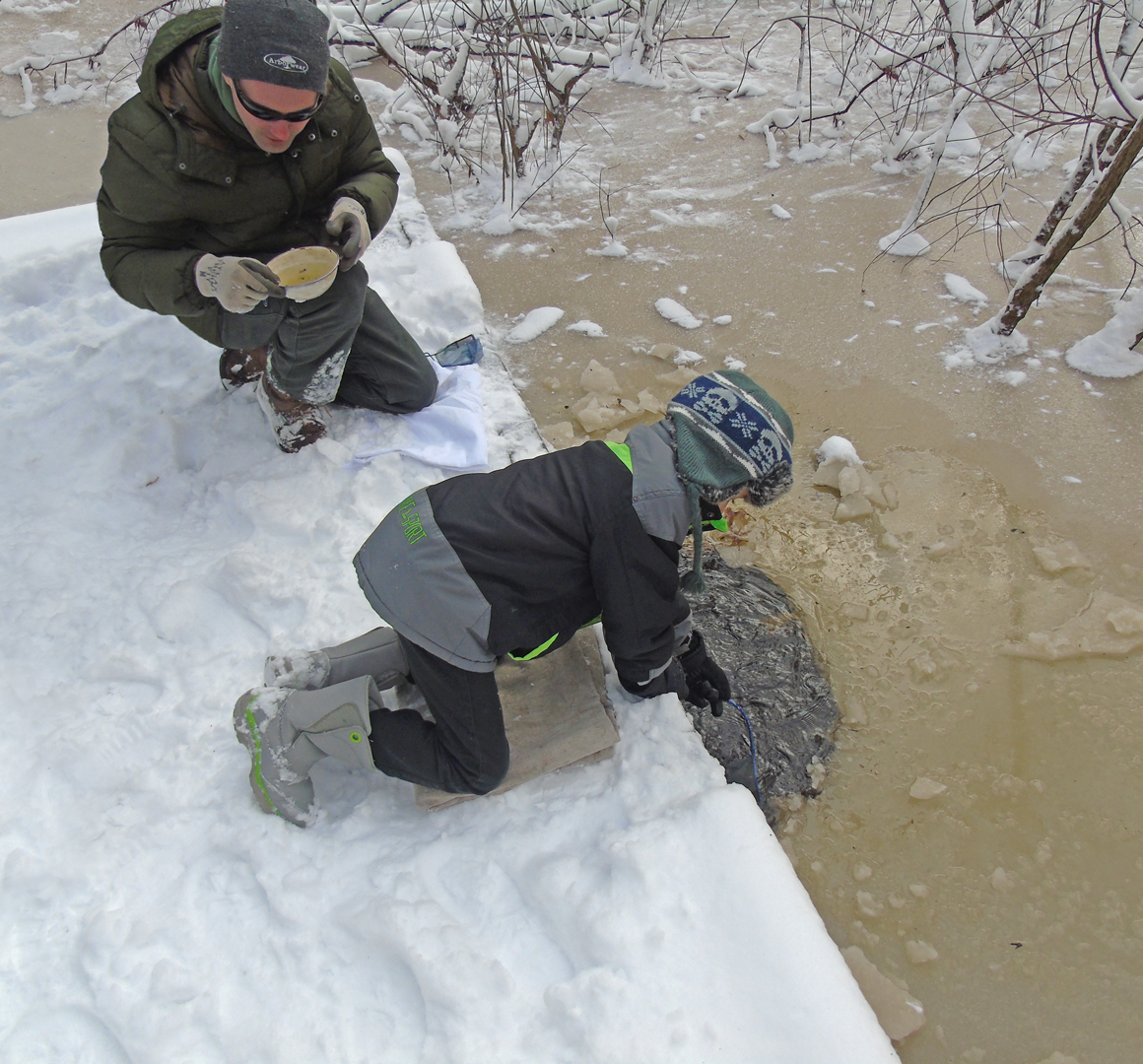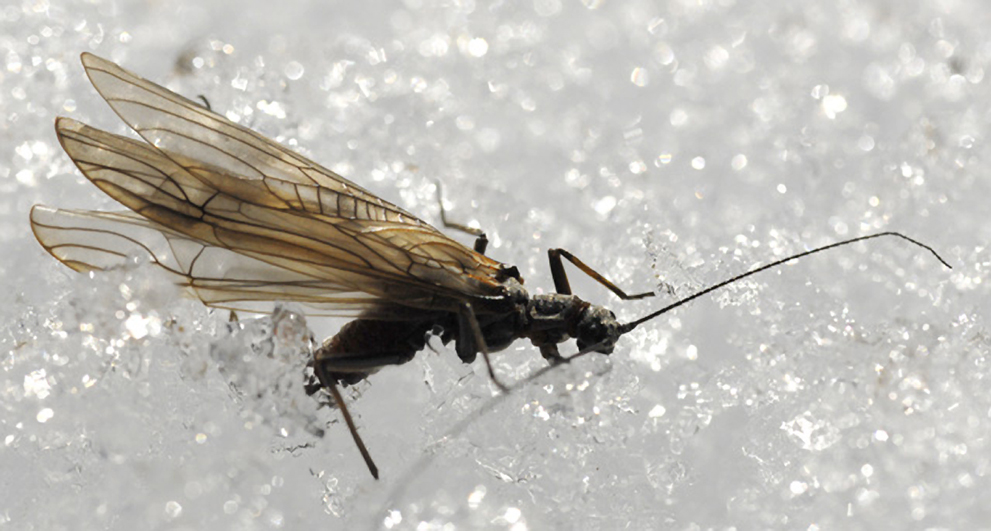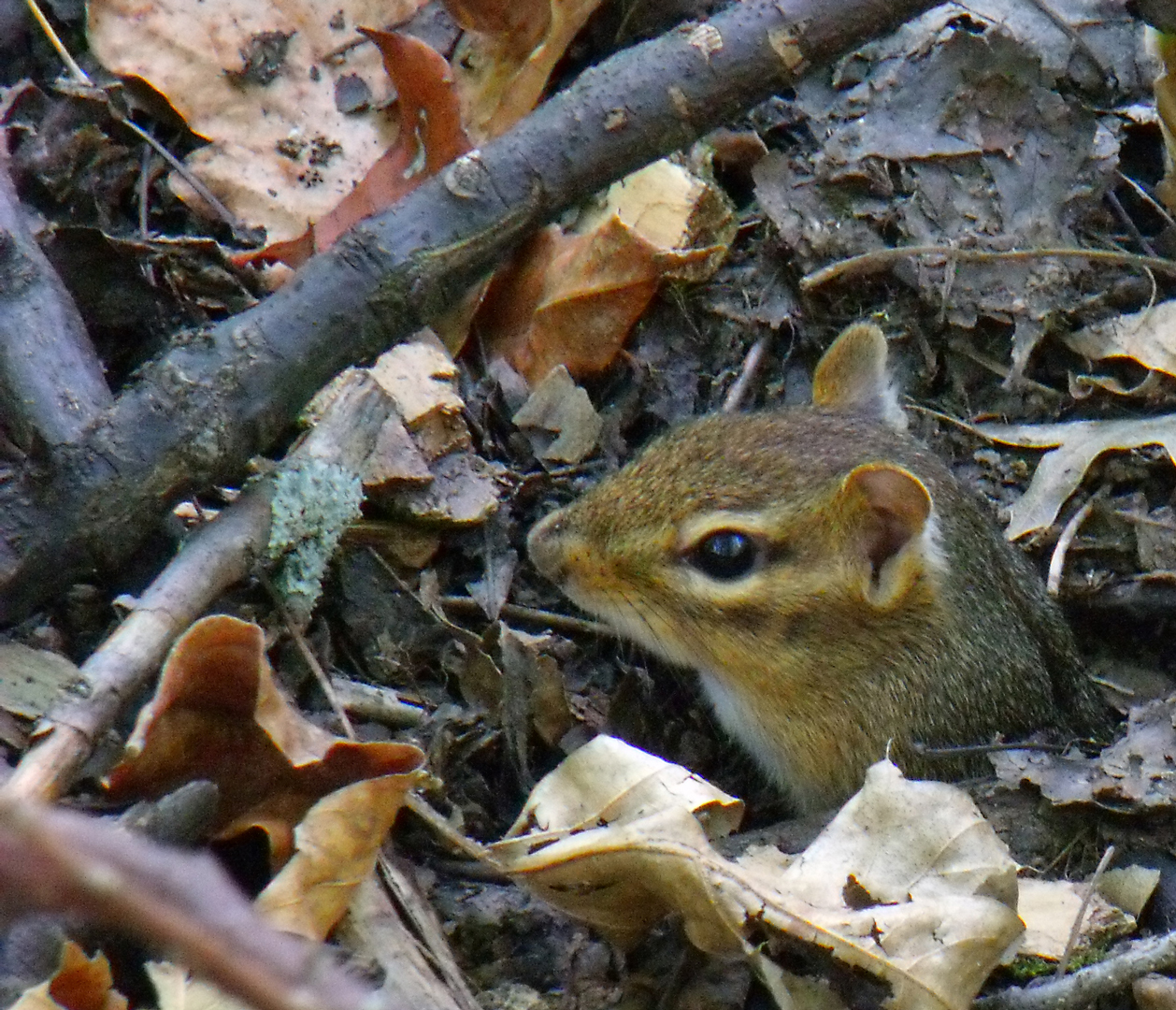CAMERON SVOBODA, Naturalist Blacklick Woods

Insects may be small, but they make up the majority of animal life. Whether or not we like them, we need them. Insects pollinate a third of the food we eat and they themselves serve as vital food for all manner of larger animals. We tend to associate insects with warmer days, but these critters have come up with creative strategies to beat the winter chill.
Migration
Many insects migrate, including butterflies, dragonflies, locusts and beetles. The most famous insect migrant is the monarch butterfly. Monarchs can have two to four broods in Ohio. All but the last brood will lay eggs and die here.
Their lifespan from egg to adult is six to 10 weeks. The last batch, however, is special. They might live more than 10 months and will make an incredible journey of nearly 2,000 miles to central Mexico.
Once there, they gather in a few favored sites in high-elevation fir forests and cover the trees like blankets. After winter, they migrate north and reach the U.S. in early March. They lay eggs on emerging milkweeds throughout the southeastern United States. It’s their offspring that greet us here in Ohio in spring.
Sleeping the winter away
There are many types of winter dormancy in animals, the most well-known being hibernation. The insect equivalent is called diapause. Insects hit pause on their internal remotes and pass the winter in a state of suspended development where they can resist or tolerate being frozen.
This can happen in any life stage: egg, larva, pupa or adult. Crickets, katydids and praying mantises lay cold-resistant eggs in fall. The adults perish with the first frosts, but the eggs hatch in spring.
The famous woolly-bear caterpillar spends winter buried under leaf litter, then emerges as an adult moth in spring—the Isabella tiger moth. Luna moths (and other giant silk moths) overwinter in the pupal stage. Some insects diapause as adults, including mourning cloak and question mark butterflies. You could see one of these species flitting around on a winter day if it’s warm enough. The magic temperature is about 45°F.

Adaptation
Insects that don’t migrate or diapause have adaptations that allow them to survive the cold. Honey bee workers spend the entire year leading up to winter collecting pollen and nectar and making honey. Storing food is one behavior that aids their survival, but they also work as a team to keep the interior of the hive warm.
They cluster together around the queen and vibrate their wings to generate heat, taking turns rotating to the center for warmth. In large hives, the winter cluster can be a ball of bees the size of a basketball. Using this method, they keep the hive at a toasty 95°F.
Snow fleas don’t need to go to such lengths to keep warm. They’re perfectly happy hopping across the snow because their bodies contain a glycine-rich protein that acts like antifreeze. When walking through a wintry wood, look closely around logs and the bases of trees for what looks like seed sprinkled over the snow. Don’t worry; they aren’t actually fleas, or even insects, but a closely related group called springtails. They’re called springtails because of a tail-like appendage that they can snap into the ground, sending them six inches into the air, which is akin to a human jumping over the Eiffel Tower. That protein in their bodies could one day help us preserve transplant organs…and make better ice cream.
Finding insects
Finding insects can be as simple as flipping over rocks and logs in your yard or garden. Doing so might reveal ants, beetles, pill bugs, centipedes and millipedes, worms and slugs. Sometimes you might find more than you bargained for. During a recent insect program at Blacklick Woods, turning over one log resulted in a startled deer mouse running out. Obviously, bugs aren’t the only creatures seeking sheltered nooks to ride out the cold.

Try this: Go outside with a box or container big enough to hold a few big handfuls of leaf litter. Fill it, bring it inside, and place it somewhere warm, such as under a lamp or on top of your cable box. Within just a few minutes, you might notice tiny insects and spiders crawling up the sides of the container. Dump the leaves out into a large bin and sift through them. You’ll be amazed at the amount of life you find.
Here’s something else to try. Take a white sheet and lay it on the ground under a tree. Then, suddenly shake the branches with a stick. The goal is to dislodge any insects so they fall onto the sheet, where they can be easily seen. The bugs may lie still at first, but after holding them in your hand for a minute, they should “wake up” and start to move around a little. When you’re done looking, be sure to place them back in the tree they fell out of.
Finally, there are many aquatic insects that survive winter under water, even when the surface is frozen. During my recent insect program, I broke through the ice of Blacklick Woods’ Buttonbush swamp. We found tiny midge larvae and water fleas (which, like snow fleas, are not fleas).
Insects have many strategies to survive during winter. They may leave, hit pause, change their behavior, or carry on as usual, thanks to their own antifreeze. Most are still here in one life stage or another, and can still be found, if one knows where to look.
